Understanding the Basics of Laser Welding Machine
What is a Laser Welding Machine?
A Laser welding machine is a specialized tool that uses focused beams of light, generated by laser technology, to melt and fuse materials together. This revolutionary process is known for its precision and speed, making it ideal for various industrial applications. The Laser welding machine has transformed traditional welding techniques, offering enhanced capabilities and greater efficiency in manufacturing processes.
Key Components of Laser Welding Machine
Understanding the components of a Laser welding machine is essential for grasping how this technology operates. Generally, these machines consist of:
- Laser Source: The heart of the machine, it generates the laser beam used for welding.
- Optics System: This component adjusts and focuses the laser beam to achieve the desired intensity and precision.
- Control Unit: It manages the parameters and settings of the welding process, ensuring optimal performance.
- Cooling System: This keeps the components at stable operating temperatures to prevent overheating and ensure longevity.
- Fixture or Work Table: It holds the workpieces in place, allowing for accurate alignment during the welding process.
How Laser Welding Machine Works
The operation of a Laser welding machine involves a series of steps that are crucial for achieving high-quality welds. Initially, the laser source generates a coherent light beam, which is directed through the optics system to focus the beam onto the workpiece. This focused beam has enough energy to melt the material, creating a molten pool. As the machine moves the beam across the workpiece, this molten pool solidifies, forming a strong bond as it cools. The control unit plays an integral role, adjusting parameters such as the speed of the movement and power of the laser to ensure precise welding results.
Types of Laser Welding Machines
Solid-State Laser Welding Machine
Solid-state laser welding machines use a solid medium, like a crystal or glass, to generate the laser beam. These machines are highly efficient and produce a high-quality beam with minimal divergence, making them suitable for applications requiring deep penetration welding.
Fiber Laser Welding Machine
Fiber laser welding machines employ a laser beam produced from a fiber optic source. This type of welding machine is known for its versatility and ability to weld a range of materials, including metals and plastics. The compact size and robustness of fiber lasers make them increasingly popular in various sectors, including automotive and manufacturing.
Diode Laser Welding Machine
Diode laser welding machines utilize semiconductor light sources to produce laser beams. They are particularly advantageous for lower power applications, such as welding thin materials or conducting delicate tasks. Their efficiency and compact design allow for ease of integration into existing manufacturing systems.
Applications of Laser Welding Machine
Automotive Industry Use Cases
In the automotive industry, Laser welding machines are employed to join components with precision and speed, minimizing the risk of thermal distortion. This technology is used for fabricating body panels, joining structural elements, and creating intricate parts without requiring extensive post-weld processing, leading to reduced production times.
Aerospace Engineering Applications
Aerospace engineering benefits significantly from laser welding, as it enables the joining of lightweight materials like aluminum and titanium with high strength and durability. Laser welding machines ensure the integrity of critical components such as engine parts and airframe structures while adhering to stringent safety standards.
Consumer Electronics Integration
Consumer electronics manufacturers utilize Laser welding machines to produce intricate devices. The machine’s ability to create precise welds without damaging sensitive components ensures high-quality products in smartphones, laptops, and other electronic devices. Moreover, the speed of the process allows for higher output rates, essential for meeting market demands.
Benefits of Using a Laser Welding Machine
Efficiency and Speed Advantages
The Laser welding machine provides remarkable efficiency benefits. Traditional welding can be time-consuming, often requiring multiple steps and extensive finishing work. Laser welding allows for faster processing and reduced cycle times, which translates to higher productivity and reduced labor costs. This efficiency makes it an attractive option for industries striving to maintain competitiveness.
Precision and Quality Improvements
Precision is a hallmark of laser welding technology. The focused beam allows for tight tolerances and minimal heat-affected zones, resulting in fewer defects and improved quality of the welds. This precision is crucial in industries like aerospace and automotive, where the integrity of every joint can impact safety and performance.
Cost-Effectiveness in Production
While the initial investment in a Laser welding machine may be higher than traditional methods, the long-term cost savings can be substantial. The reduction in material waste, decreased need for post-weld machining, and higher throughput rates contribute to an overall decrease in production costs. As manufacturers seek to optimize their processes, the cost-effectiveness of laser welding becomes increasingly appealing.
Future Trends in Laser Welding Technology
Advancements in Laser Technology
The future of laser welding technology is promising, with ongoing advancements enhancing capabilities and applications. Innovations in laser sources, such as improvements in power and beam quality, are allowing for new welding techniques and materials to be utilized. As research continues, we can expect to see even more efficient and versatile Laser welding machines emerge in the market.
Integration with Automation and AI
Automation is a significant trend in manufacturing, and Laser welding machines are no exception. As industry 4.0 takes hold, the integration of AI and automation with welding processes will lead to smarter systems that can self-optimize based on real-time feedback. This integration enhances reliability, reduces human error, and allows for more complex welding tasks to be executed efficiently.
Sustainability Considerations in Manufacturing
As sustainability becomes a central concern for manufacturers worldwide, the adoption of Laser welding machines supports eco-friendly practices. The precision of laser welding results in minimal energy use as compared to traditional welding methods. Furthermore, reduced material waste and the ability to work with recyclable materials contribute to greener manufacturing processes. Organizations implementing these technologies not only improve their efficiency but also enhance their brand reputation by prioritizing sustainable practices.
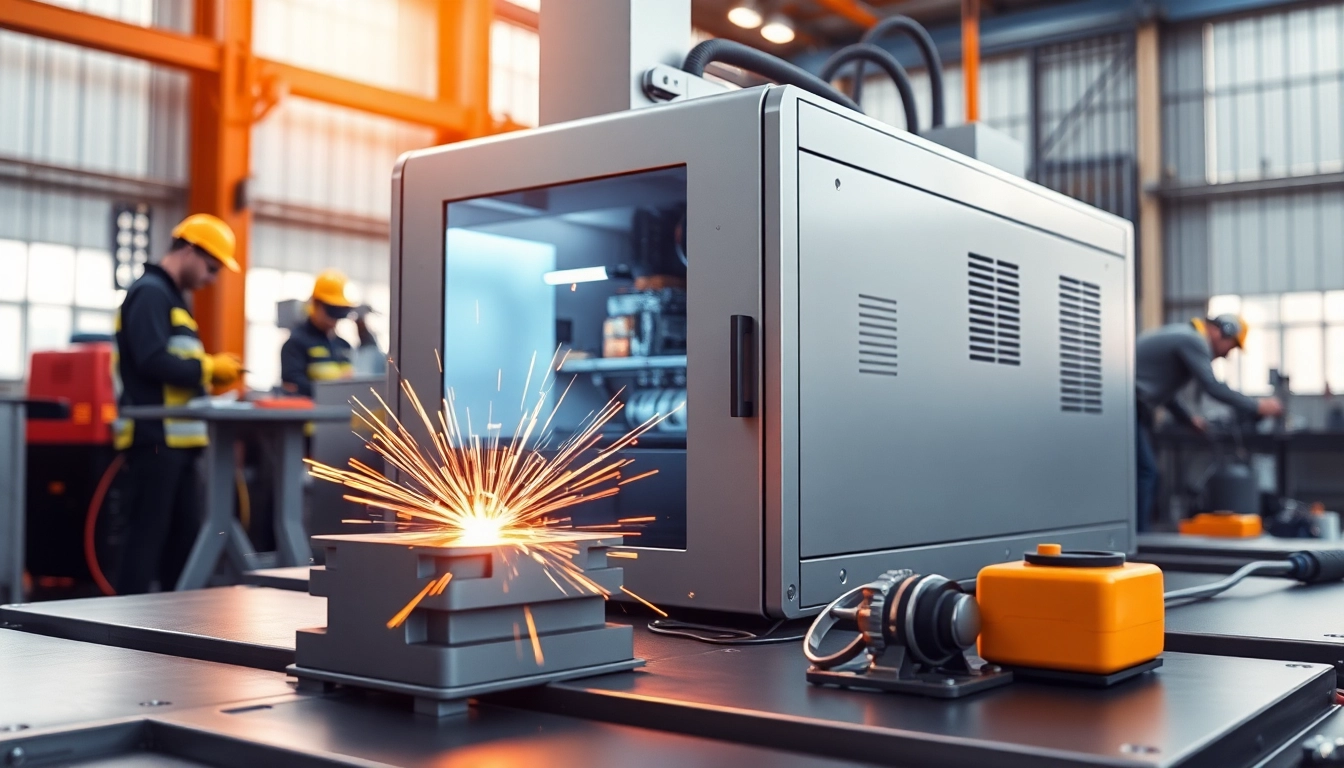





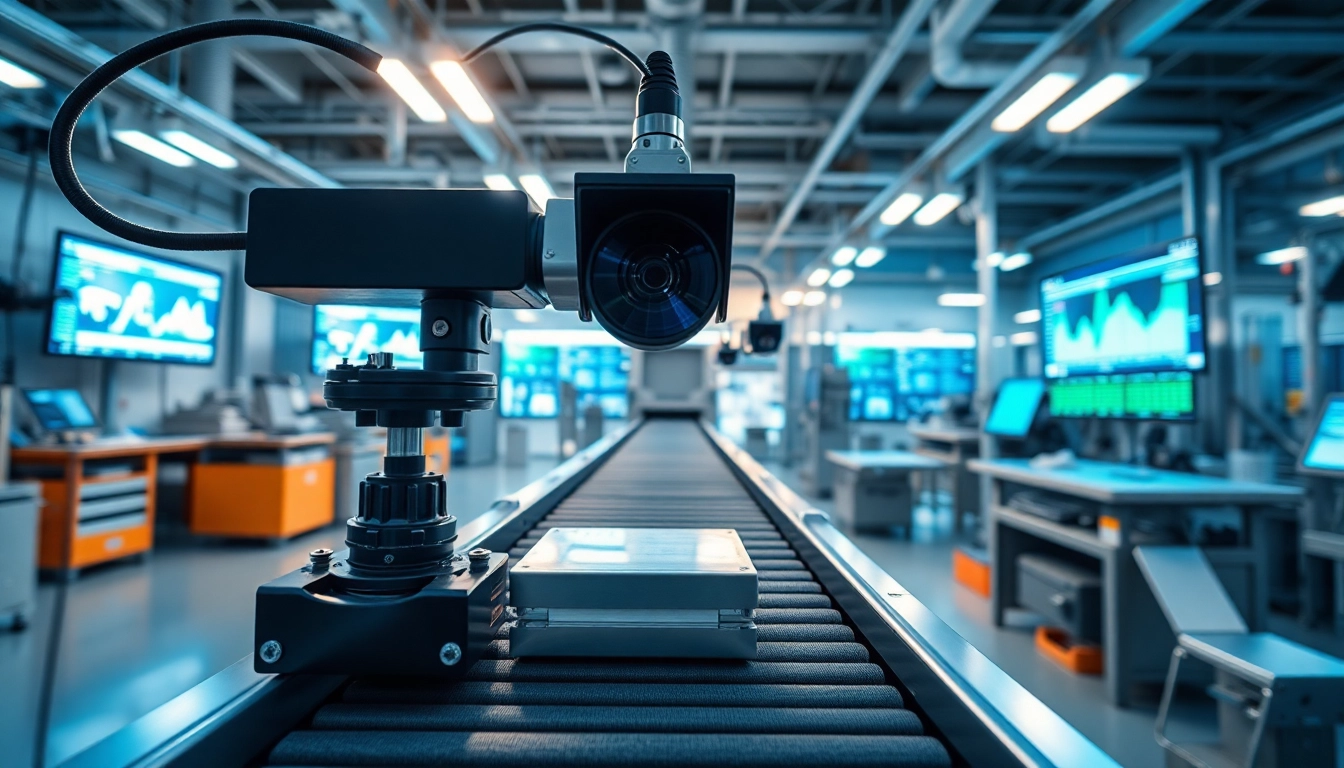

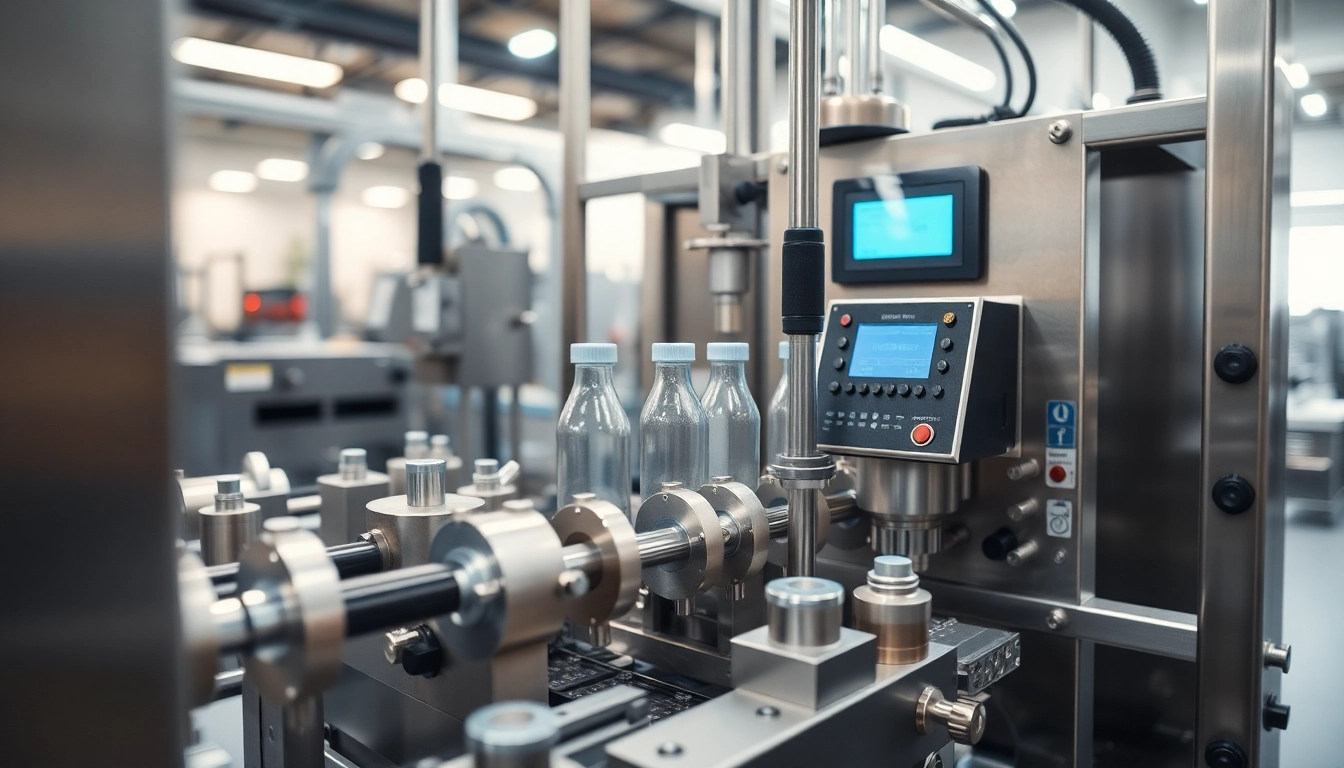
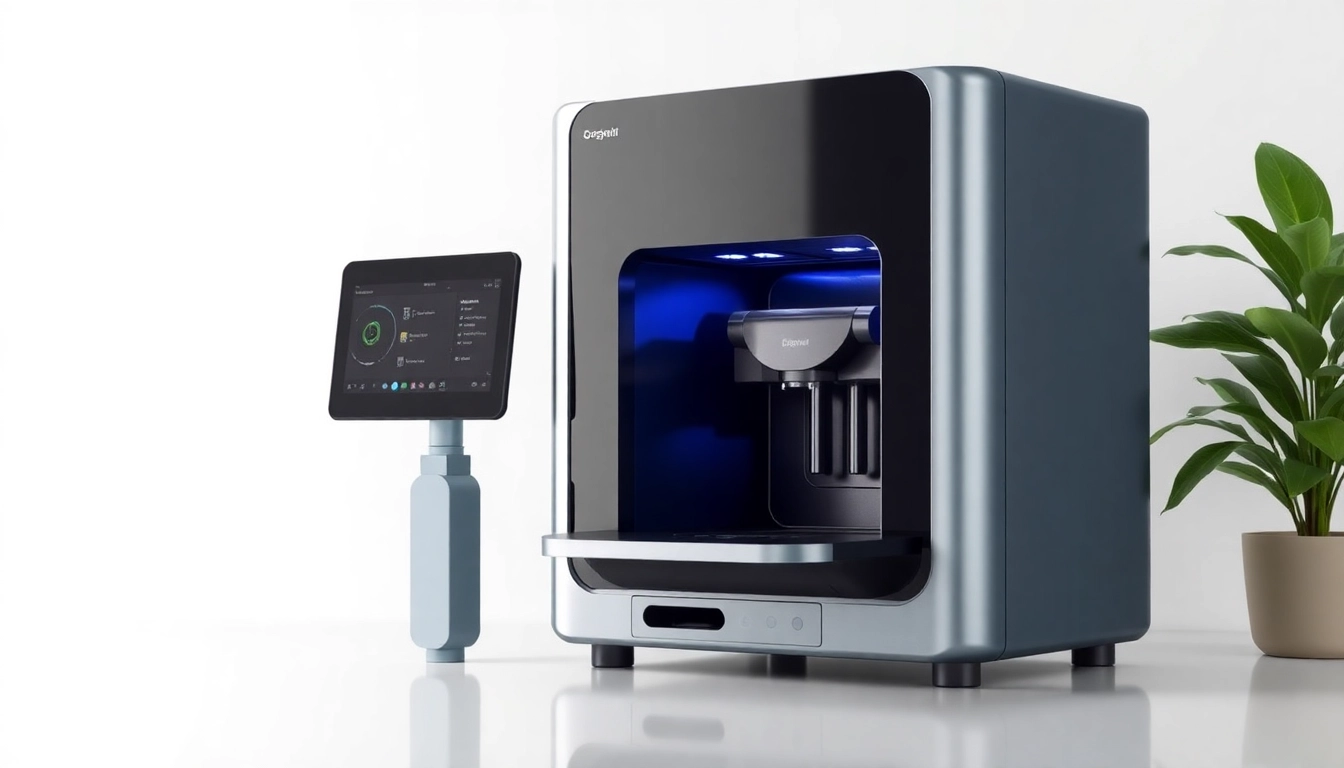
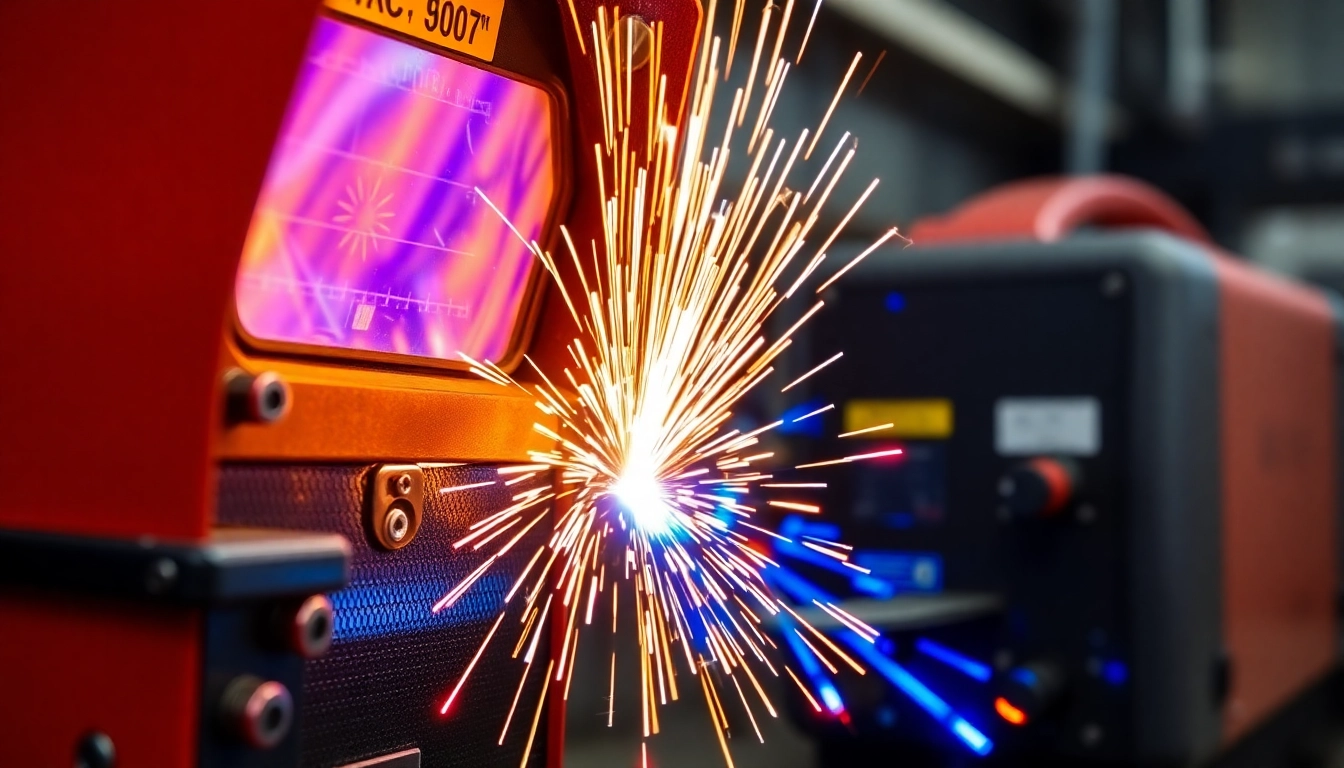



Leave a Reply